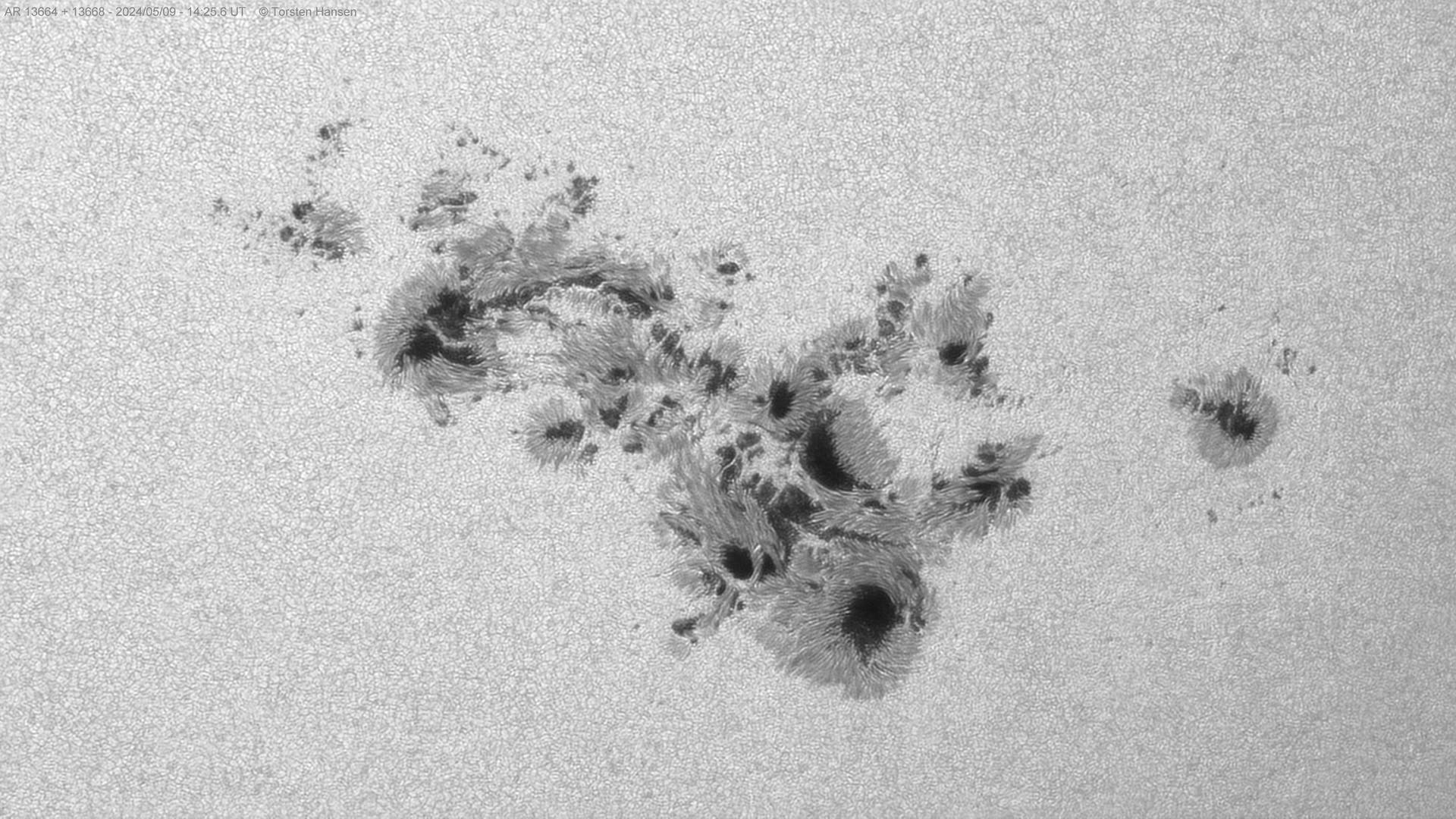About 34 million years ago, a biological revolution occurred in Europe. Half of the native mammals disappeared and were replaced by new arrivals from Asia, including the ancestors of today’s pigs and ruminant species. However, the main reason for this was not competition with newly migrating species, but rather climatic factors, researchers found using ungulate fossils. Accordingly, rapid climate change in particular has led to the extinction of endemic animals.
During the “Grande Coupure” 33.9 million years ago, during the geological transition from the Eocene to the Oligocene, about every two species of mammals endemic to Europe became extinct. For a time, there were no mammals living on what was then an island continent before new species from Asia settled and spread here. Scientists have long suspected that the disruption was caused by native species and migratory species competing with each other for food and living space and that newcomers replaced native species.
A research group led by Romain Webb of the University of Montpellier tested this assumption using ungulates. To do this, they analyzed more than 2,000 fossils from 90 different species and 39 genera of even-toed ungulates found in southwestern France. The fossilized remains are between 25 and 42 million years old, and therefore date back to the time of the Troubles. Webb and his colleagues identified relationships between species and compared their appearance in the region over time and their feeding habits. Animal teeth provide information about this, among other things.
Sudden climate change leads to species extinction
As the analyzes showed, about 77% of the ungulate species that were originally endemic to Western Europe became extinct within just a million years during the “Great Collapse.” Instead, ungulate species migrating from Asia settled and quickly took over the region. Ruminants, warthogs and hippopotamuses in particular, came to Western Europe via newly formed land bridges in the Alps and the Balkans, researchers report. However, these animals did not initially represent direct competitors to native species in their lifestyle.
According to the study, the main cause of species disturbances was different: while the climate in the Eocene of Europe was tropical all year round and beneficial for local ungulates, different seasons suddenly developed in the later Oligocene with a variable, generally cooler and drier climate. . The reason for this was the migration of continental plates, which formed new seas and changed ocean currents. Because of this rapid climate change, other plants began to flourish in Europe and the food supply changed. As a result, many endemic ungulates became extinct, Webb and his colleagues report. Only when they disappeared did previously exotic species, better adapted to the harsh climate and prevailing food supplies, have the opportunity to settle in Europe.
Passive replacement by previously exotic species
Accordingly, climatic and environmental factors may have been more responsible for species disturbance than competition with introduced species. “It was largely a passive replacement rather than an active displacement of native species,” Webb explains. However, the few remaining endemic ungulate species would actually compete with new arrivals if they had similar feeding habits or hunted native animals, the analyzes showed.
Source: Romain Webb (University of Montpellier) et al., Proceedings of the National Academy of Sciences, doi: 10.1073/pnas.2309945120

“Alcohol buff. Troublemaker. Introvert. Student. Social media lover. Web ninja. Bacon fan. Reader.”







More Stories
Large Sunspot Cluster AR 13664 – Science Spectrum
The science behind the ‘three body problem’ – so you can have an opinion too
Chat about research with scientists in bars and cafes